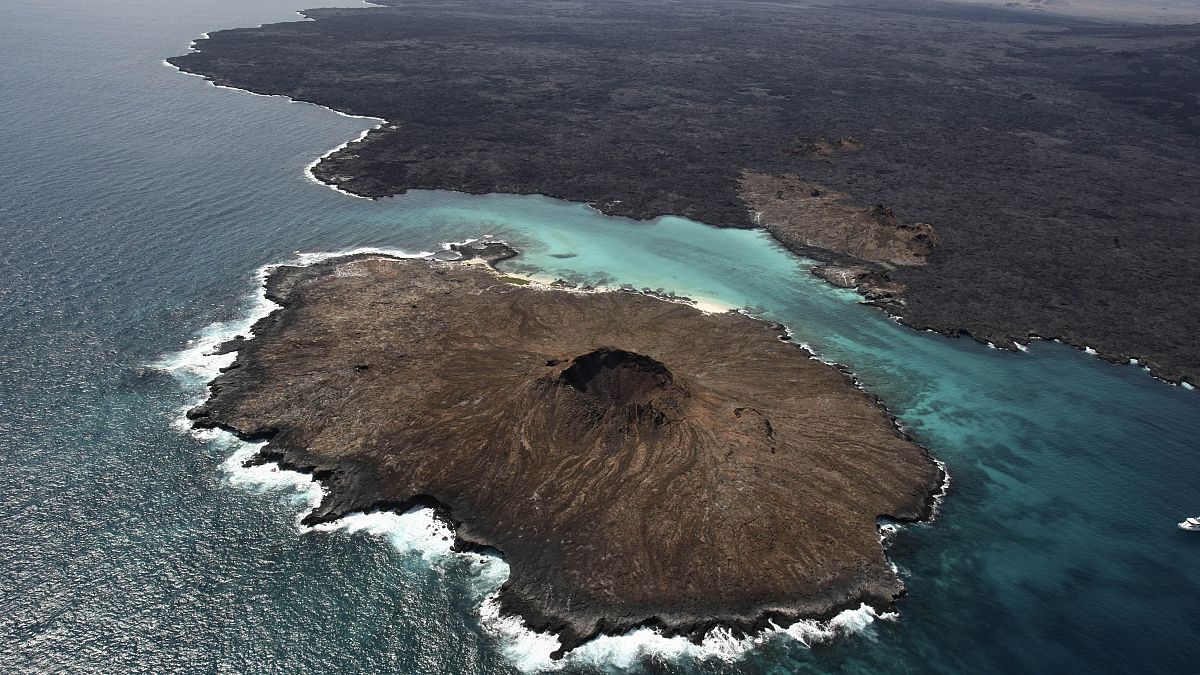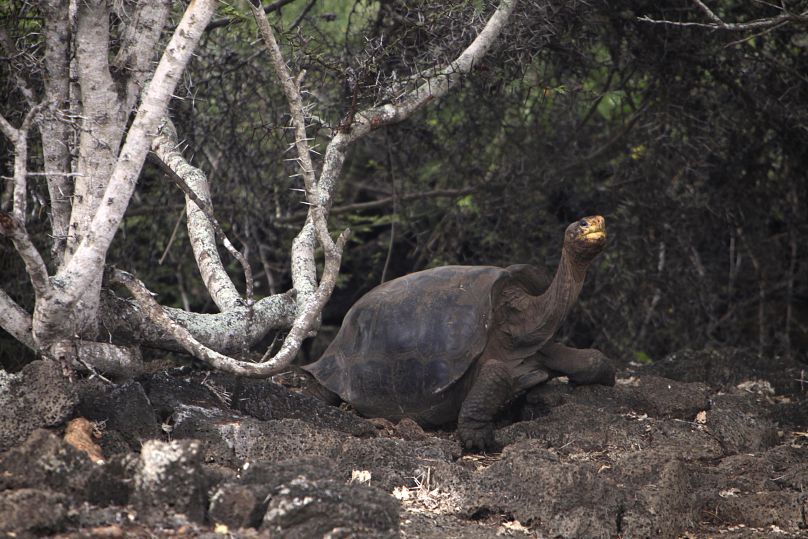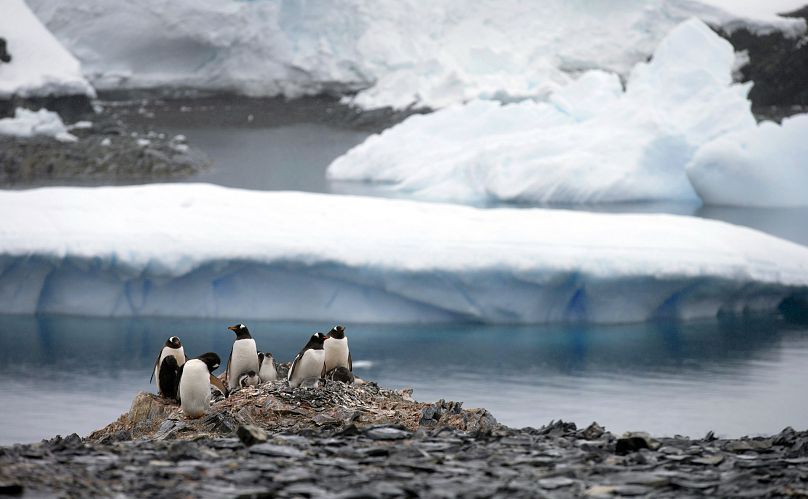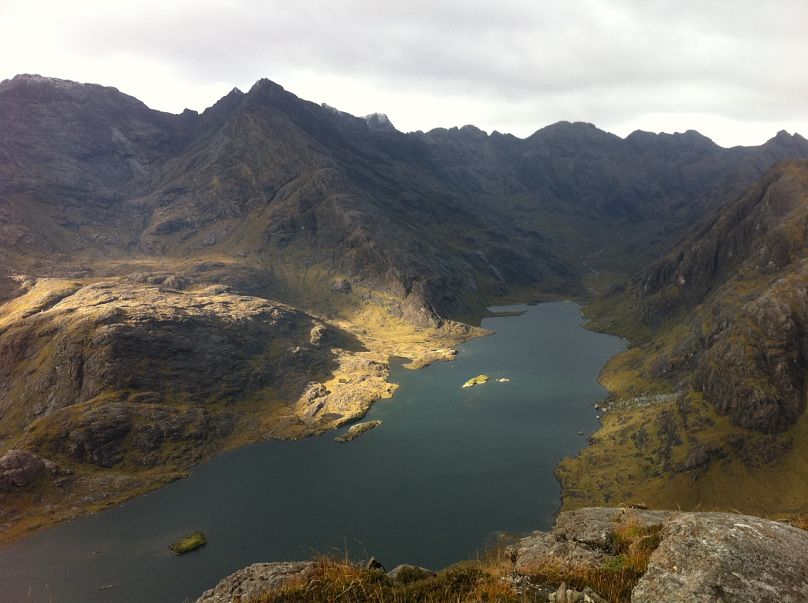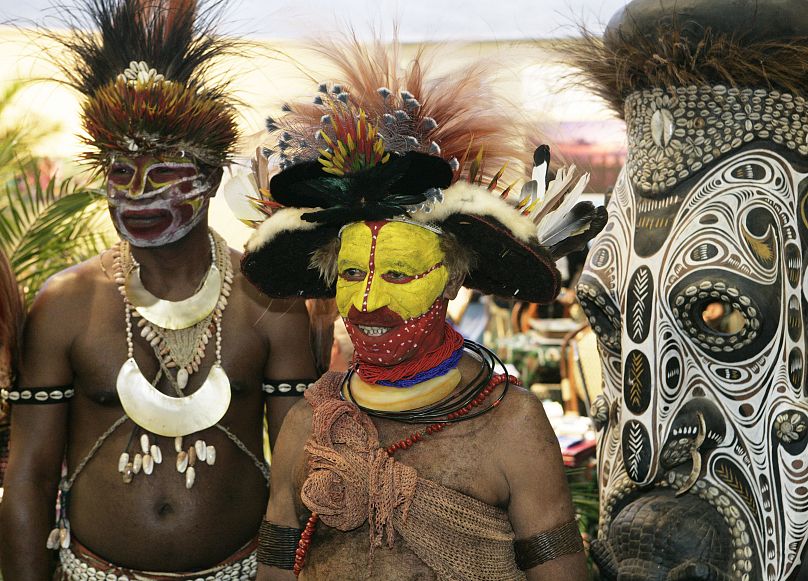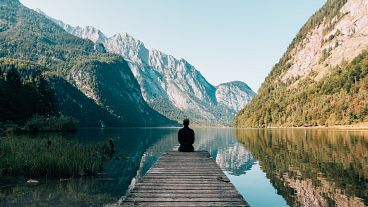Cruise destinations have diversified considerably since ships first set off Gibraltar-bound over 170 years ago, and 2024 looks set to continue that trend.
For many, going on a cruise is synonymous with Mediterranean city-hopping or exploring warm Caribbean waters. Maybe sweeping, Norwegian fjords even get a look in. And while these are all glorious, voyage-friendly options, there are many other captivating landscapes and cultures to discover – and with far fewer crowds.
Here are some of the off-the-beaten-track destinations you can enjoy courtesy of adventurous cruise companies.
The Galapagos Islands
Around 965km east of Ecuador, deep in the Atlantic Ocean, lie the Galapagos Islands. The first ever UNESCO World Heritage Site, this mesmerising archipelago boasts nearly 9,000 animal species. Conservation is key here, so only cruise ships carrying 100 passengers or less are allowed. Explore this one-of-a-kind destination with Hurtigruten’s 12-day ‘From Machu Picchu to the Galápagos Islands’ cruise.
As well as visiting the enigmatic South American cities of Lima, Cusco and Quito, passengers experience an all-island trip around the Galapagos. With luck, guests will see snoozing sea lions, animated blue-footed boobies and even agile marine iguanas. A true highlight, however, is the visit to the Cerro Colorado Tortoise Reserve. Learn from the team here who help increase the survival rate of young Galapagos Tortoises, which are prone to extinction. Raised in semi-captivity, young tortoises roam freely around the 15-acre forest before being released back into the wild.
Antarctica
As one of the most remote places on the planet, the South Pole holds a particular allure, especially for travellers looking to touchdown on the ‘Seventh Continent’. A wide array of cruise companies whisk people away to its craggy, iceberg-clad shores, but expedition cruises allow travellers to get much closer to the action.
Ships carrying less than 500 people are smaller, meaning they can enter coves bigger vessels can’t access, as well as being allowed to conduct landings via zodiacs and kayaks (ships carrying over 500 passengers aren’t permitted to make landings).
Passengers of the National Geographic Expedition’s ‘Journey to Antarctica’ can discover the dramatic vistas of the Antarctic Peninsula’s volcanic slopes. They can also look forward to spotting humpback whales, leopards, fur and crabeater seals, and a lot of penguins. It’s estimated that around 20 million breeding penguin pairs live in Antarctica, so get used to the sight – and smell.
Japan’s tropical islands
A staple feature on many travellers’ bucket lists, Japan offers an intoxicating blend of neon-lit cities, immersive culture and spectacular scenery. However, beyond the major land masses holding Tokyo, Kyoto, Hiroshima and Sapporo, lie over 14,000 islands, many of which are untouched, uninhabited natural wonders.
On Ponant’s Japanese Subtropical Islands cruise, travellers head to the Ryukyu Islands, an archipelago stretching from Japan all the way round to Taiwan. En route, guests can explore the UNESCO-listed Yakushima, which is chock-full of ancient cedar forests, soaring mountains and tumbling waterfalls – not to mention a variety of endemic species such as the Yakushima monkey. They’ll also learn about how locals used to live with a visit to a traditional village in the country's southernmost park: Iriomote-Ishigaki National Park. Here well-preserved houses show how people lived during the Ryukyu Kingdom rule between 1429 to 1879. If you’re lucky, you might even see a traditional Eisa drumming show.
The Isle of Skye
When it comes to cruising, few people would think to head to Scotland and its infamously blustery shores. But those who have visited will know of its rugged beauty, and taking a cruise around the UK’s most northern country’s coastline is a fantastic alternative cruise destination.
Hebrides Cruises runs a ‘Skye and Small Isles’ voyage, which shows off some of Scotland’s best assets. The journey stops at the islands of Muck, Eigg, Rum, Canna and of course, Skye. This dramatic, oft-mist-covered island is so atmospheric and picturesque that it’s featured multiple times on the silver screen in films such as Prometheus, The Wicker Man and 47 Ronin.
The short sailing times on this six-night cruise mean maximum time on land, where guided tours allow for ample wildlife spotting (potential sightings include white-tailed eagles, red deer and cetaceans including dolphins and minke whales).
Sepik River, Papua New Guinea
Many cruises allow passengers an insight into the culture of a destination or region, but if you’re keen to truly immerse yourself without sacrificing that cruise lifestyle, head to the Sepik River. The tribes living in this remote region of Papua New Guinea have resided there for millennia and many of their ancient traditions are still practised.
On True North’s ‘Sepik Soiree’ cruise, travellers spend a whole day on historic Ponam Island (it was a British base during World War II), swim or dive in Jacques Cousteau-approved waters and undertake a 70-nautical-mile cruise along the river to Kambaraumba Village. Travellers will get to see some of the art the tribes are known for, such as wooden masks, shields, totems and drums.

